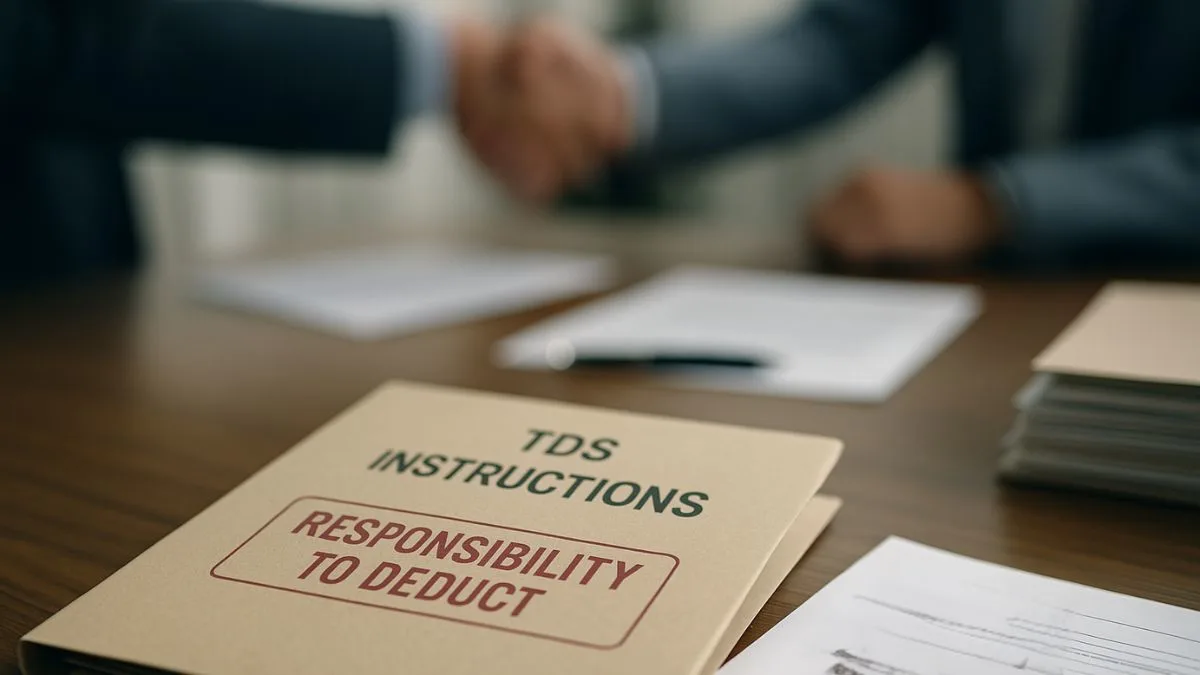
What Is the Future of Income Tax in India?
Upcoming Changes and Trends Every Taxpayer Should Know | Updated for 2025
With the introduction of the Income Tax Bill, 2025, and a major shift in the way income tax is structured and collected, it's clear that India’s tax system is headed for a digital, simplified, and taxpayer-centric future.
In this article, we explore what the future of income tax in India looks like, key reforms underway, expected benefits, and how individuals and businesses can prepare for what’s next.
📌 Why Is Income Tax Changing?
The current Income-tax Act, 1961, is over six decades old and has undergone hundreds of amendments. Over time, this has made the law:
• Complex and difficult to interpret
• Burdensome in terms of compliance
• Outdated in the context of the modern, digital economy
The Government of India is now working to overhaul the system entirely through the Direct Tax Code framework, starting with the Income Tax Bill, 2025.
🔍 What to Expect from the Future of Income Tax
✅ 1. New Simplified Tax Law from FY 2026–27
The new tax law is expected to:
• Replace the Income Tax Act, 1961
• Have fewer sections and simpler language
• Reduce litigation and make tax filing easier
• Focus on self-compliance and digitization
📅 Implementation Timeline:
• The Income Tax Bill, 2025, is set to come into effect from 1st April 2026
• Applicable from Financial Year 2026–27 and Assessment Year 2027–28
✅ 2. Revised Tax Slabs for Individuals
The proposed slabs under the new system are:
| Annual Income | Tax Rate |
| Up to ₹4,00,000 | Nil |
| ₹4,00,001 – ₹8,00,000 | 5% |
| ₹8,00,001 – ₹12,00,000 | 10% |
| ₹12,00,001 – ₹16,00,000 | 15% |
| ₹16,00,001 – ₹20,00,000 | 20% |
| ₹20,00,001 – ₹24,00,000 | 25% |
| Above ₹24,00,000 | 30% |
💡 Standard deduction will increase to ₹75,000 (from ₹50,000), and rebate under Section 87A will keep income up to ₹12 lakh tax-free for eligible taxpayers.
✅ 3. Technology-Led Tax Administration
India’s income tax system is fast becoming fully digital, with features like:
• Pre-filled ITR forms using AIS and Form 26AS
• Real-time verification of income, TDS, and expenses
• Use of AI and data analytics for better assessment and scrutiny
Expect the future to be less paperwork, more automation.
✅ 4. Fewer Deductions, More Transparency
While the older system encouraged savings through deductions, the future regime emphasizes:
• Flat and lower tax rates
• Minimal exemptions and deductions
• Clarity in tax planning without relying on tax-saving investments
This shift encourages voluntary compliance and tax neutrality across professions.
✅ 5. Targeted Measures Against Tax Evasion
The upcoming law will:
• Give tax authorities access to digital trails (banking, trading, even social media—under scrutiny)
• Introduce time-bound processing and resolution of assessments
• Minimize harassment by reducing the human interface
Privacy concerns are being balanced with data protection measures and audit checks.
👩💼 What It Means for You
• Salaried Individuals: Simpler filing and more take-home pay (if no deductions are used)
• Small Businesses: Lower compliance burden, smoother audits
• NRIs & Freelancers: Continued tax clarity and support for global income separation
• Tax Planners & Professionals: Need to shift from deduction-based strategies to regime comparison and advisory
Final Words
The future of income tax in India is clean, digital, and simplified. The government's roadmap focuses on empowering taxpayers, easing compliance, and closing loopholes in a fair and modern manner.
As we approach FY 2026–27, individuals and businesses must start planning under the new framework, because the future of tax isn’t just about paying less, but paying right and on time.
Wondering how future tax changes could impact you?
Stay prepared with expert insights and personalised tax planning for what lies ahead.
👉 https://callmyca.com/contact-us











